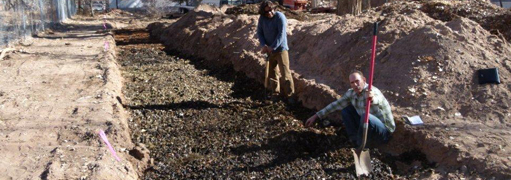Fast Track Your Compost
The Bokashi Method Turns Food Scraps To Fertilizer In A Matter Of Weeks


Latest Article|September 3, 2020|Free
::Making Grown Men Cry Since 1992


